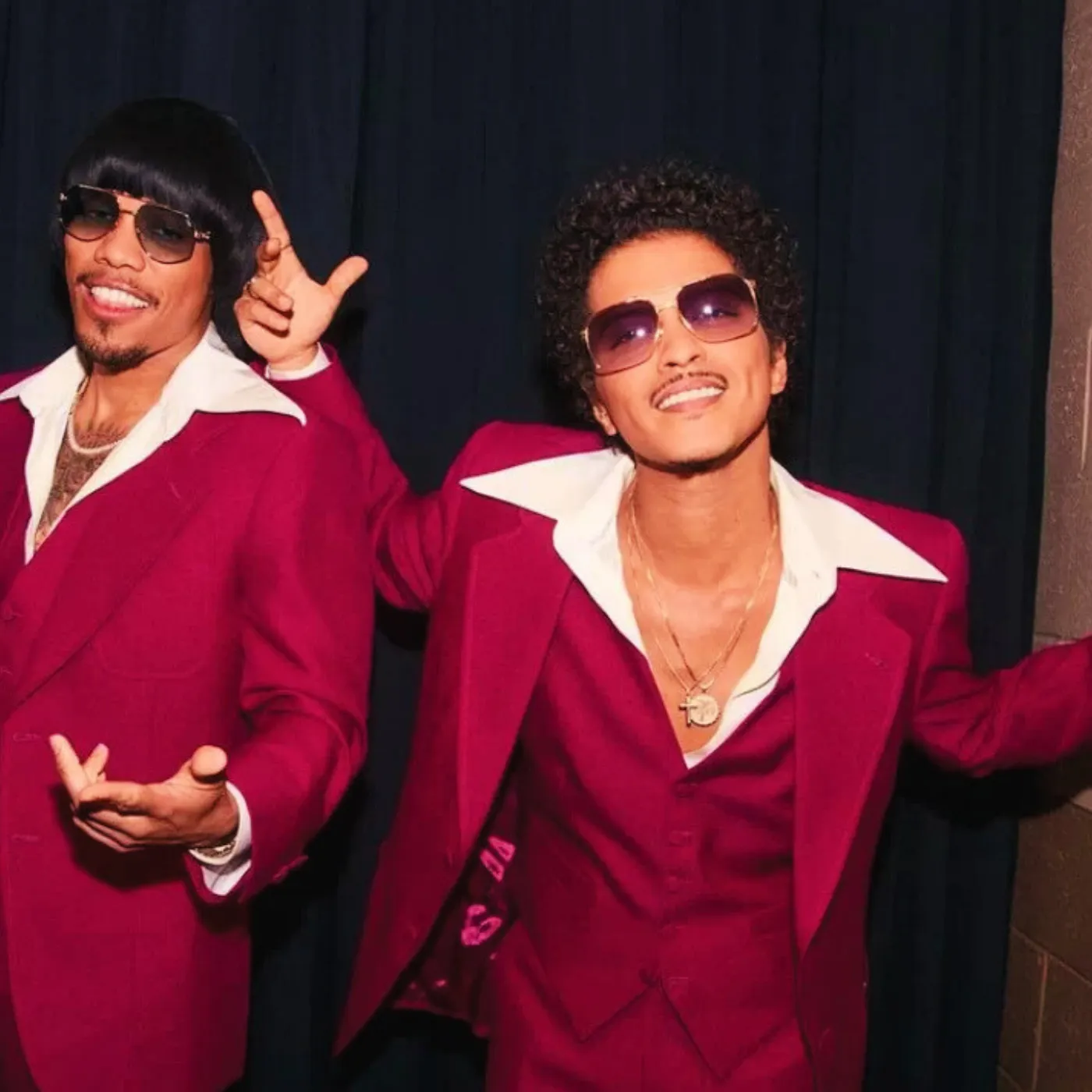Billboard’s Disrespectful Taylor Swift Statue With An ‘Apology’ That Only Makes Things Worse
In a recent scandal that has sparked widespread anger, Billboard’s controversial use of a naked wax figure of Taylor Swift has ignited a firestorm of backlash. The display, meant to celebrate the artist’s success, instead turned into a disgraceful moment of disrespect, leading many to question the ethics and decision-making process behind it. While Billboard issued an apology in response to the public outcry, their weak and insincere response only fueled the anger, making matters worse rather than resolving the issue.

The Controversial Wax Statue Display
The controversy began when Billboard unveiled a nude wax statue of Taylor Swift as part of an exhibition celebrating her career. The figure, which was meant to be a homage to the pop star’s artistic achievements, quickly became the subject of intense criticism. Fans, media outlets, and even celebrities slammed the display as disrespectful and inappropriate, arguing that the use of a naked figure crossed a line in how women are portrayed in the entertainment industry.

The wax statue of Taylor Swift, positioned in a suggestive pose, immediately raised questions about the intentions behind such a display. Swift, known for maintaining control over her public image and presenting herself with confidence and strength, has never been known to endorse such a portrayal. Fans felt that the statue objectified her and diminished her accomplishments as an artist in favor of sensationalism and exploitation.

Billboard’s Weak and Insincere Apology
In the wake of the backlash, Billboard issued a brief apology, stating that the display was meant to celebrate Taylor Swift’s success but acknowledging that the execution was misguided. The apology, however, lacked the sincerity and accountability that the situation demanded. Rather than fully addressing the concerns or offering a genuine explanation, the statement felt more like a half-hearted attempt to placate the public and deflect further criticism.
The apology contained vague statements that failed to acknowledge the deeper issues at hand, particularly the misogynistic undertones of objectifying a woman in such a manner. Billboard also neglected to apologize directly to Taylor Swift or her fans, which many saw as a glaring omission that further fueled the perception of disrespect. Instead of taking responsibility, the statement felt more like a generic PR move designed to avoid further damage.
The Growing Public Outrage
The weak apology only served to amplify the public’s anger, particularly from Swift’s dedicated fanbase, known as “Swifties.” Fans took to social media platforms, expressing their outrage at both the display and the apology. Many criticized Billboard for reducing Taylor Swift to her physical appearance rather than celebrating her immense talent and the cultural impact she has made. The backlash quickly spread, with various celebrities and feminist groups also voicing their disapproval of the incident.
Critics also pointed out the double standards in how female celebrities, particularly those like Taylor Swift, are often treated in the industry. While men are celebrated for their music and talent, women are frequently objectified or reduced to their physical attributes. The scandal with the wax statue was a stark reminder of this ongoing issue, and Billboard’s failure to address it appropriately only added fuel to the fire.
A Missed Opportunity for Change
This incident represents a significant missed opportunity for Billboard to acknowledge the broader issue of objectification in the music industry. Instead of using the apology as a chance to reflect on the deeper issues of how women are portrayed in media and entertainment, the statement focused on the most surface-level aspects of the controversy. Billboard missed an opportunity to take a stand and express genuine remorse for their poor judgment.
Had Billboard acknowledged the harm caused by the display, engaged in an open dialogue about respect in the industry, and offered a more heartfelt apology, they could have used the situation as a stepping stone for positive change. Instead, the weak response left many feeling that the publication was more interested in salvaging its image than making amends or learning from its mistakes.
A Legacy of Respect
The incident involving Billboard’s disrespectful portrayal of Taylor Swift serves as a reminder of how far the industry still has to go in terms of respecting women’s image and achievements. While the wax statue was certainly an attempt to celebrate Swift’s career, it ended up doing the opposite, reducing her to an object for public consumption rather than honoring her as an artist. Billboard’s insincere apology did little to repair the damage, instead highlighting the publication’s failure to fully understand the gravity of the situation. As the controversy continues to unfold, it’s clear that the real lesson here is not about the statue itself but about how the music industry and media outlets like Billboard need to treat women with the respect and dignity they deserve.




Post Comment